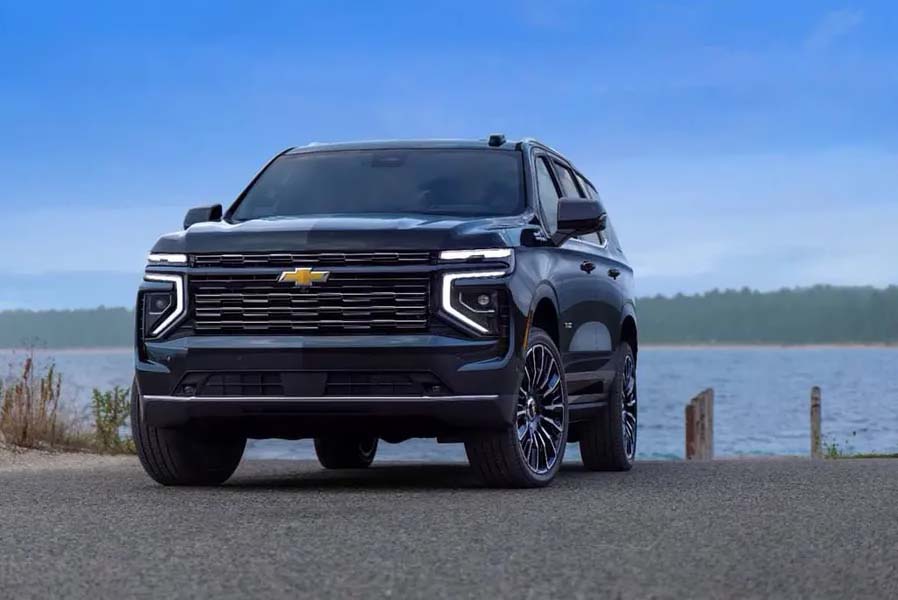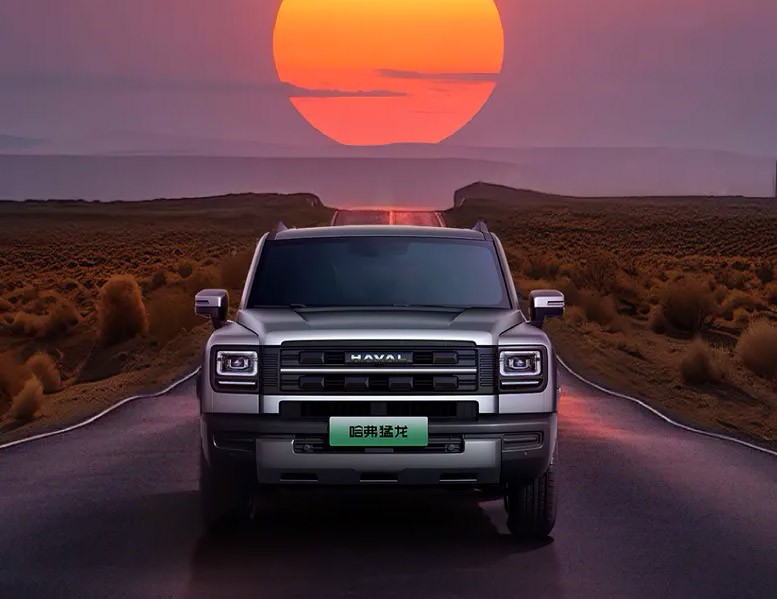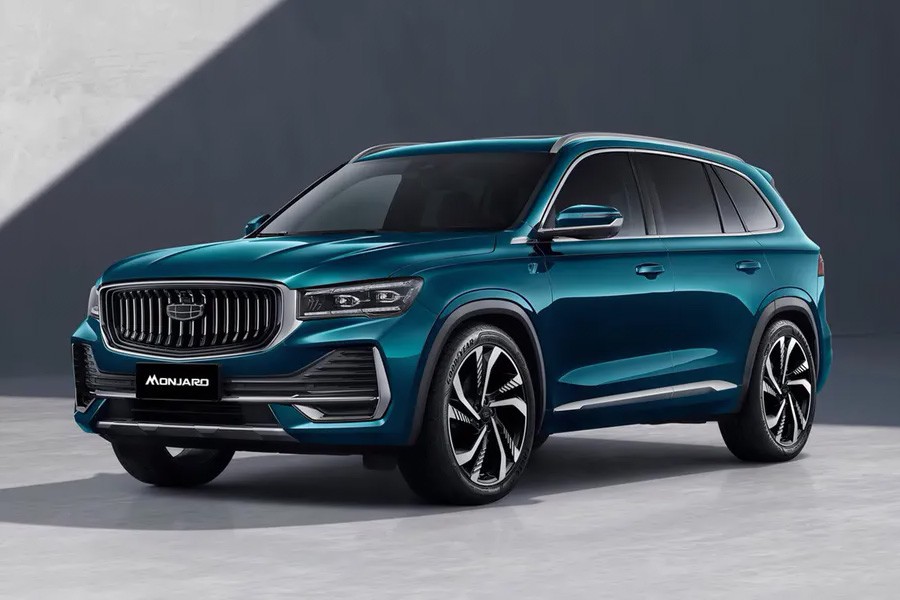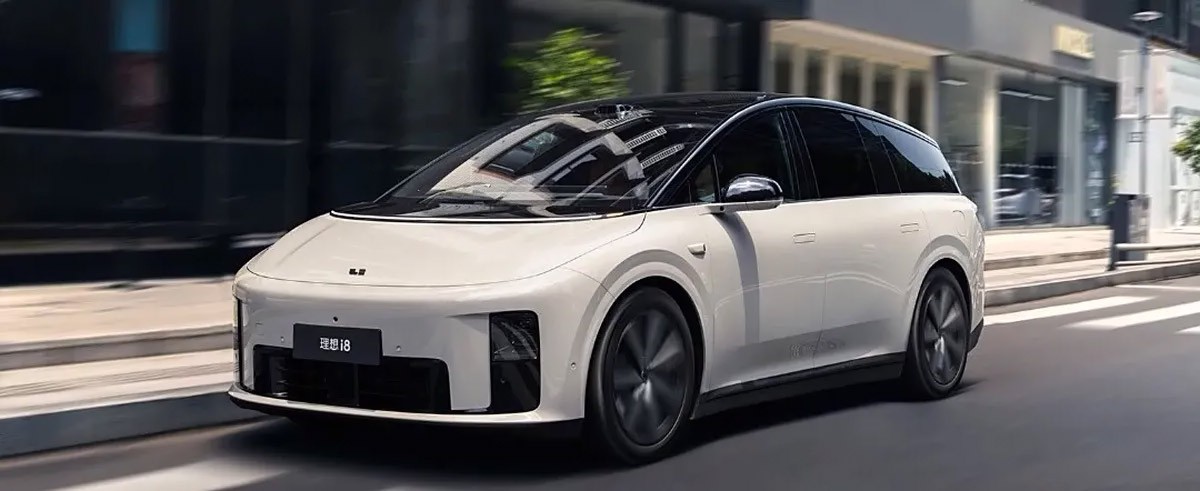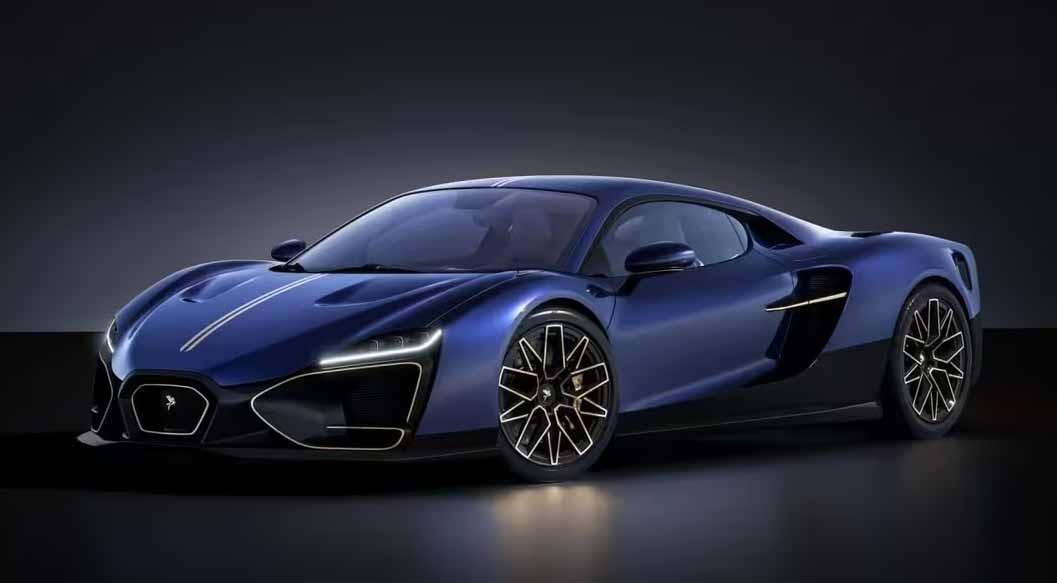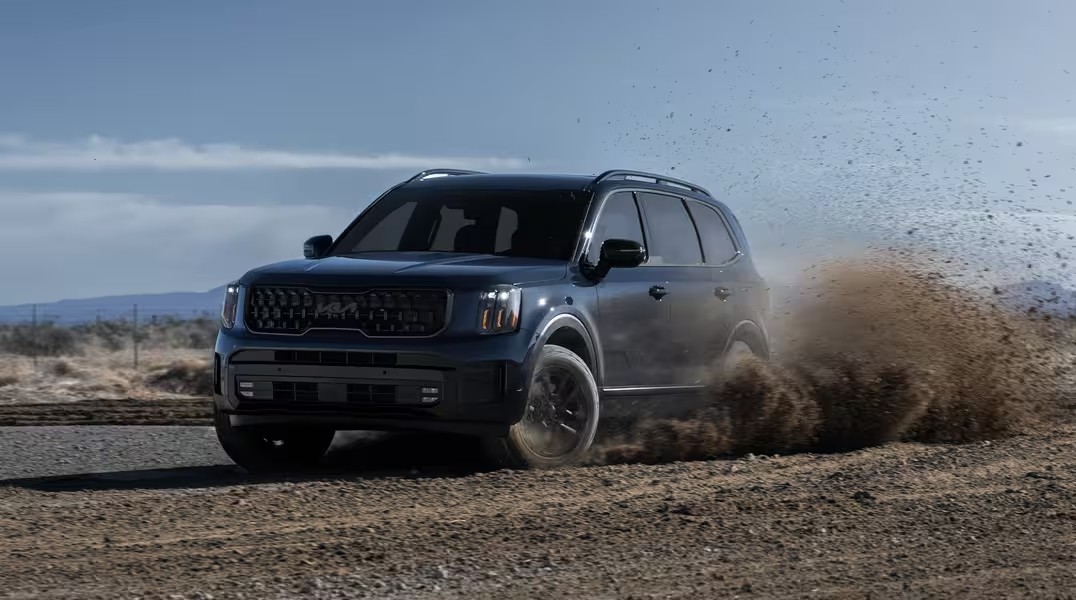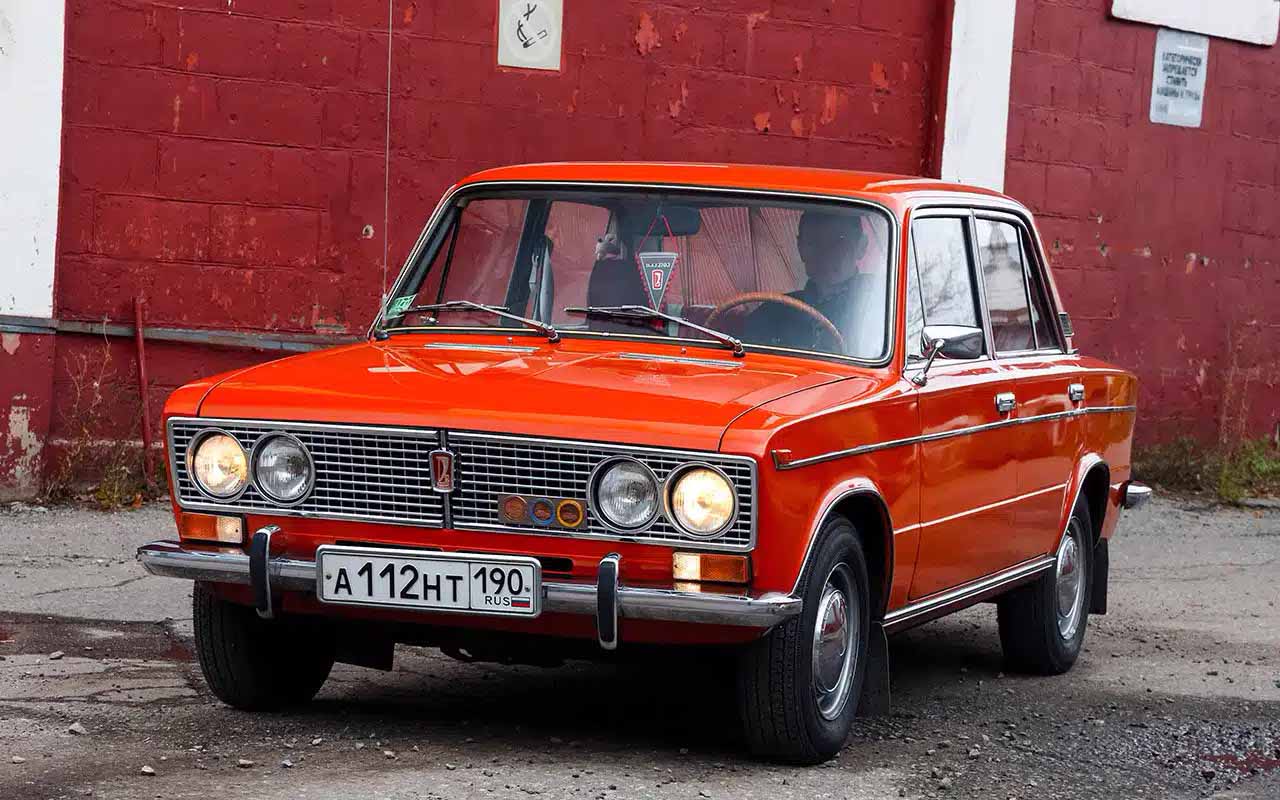Beijing Hyundai, a joint venture between Hyundai Motor Company and China's BAIC Group, has unveiled the brand's first all-electric SUV, the Hyundai EO, specifically designed for the Chinese market. Sales are scheduled to start in September 2025. The launch of the model marks the beginning of the “Year of New Energy” strategy, focused on the active development of Hyundai's electric line in China.
Hyundai EO previously appeared under the working name Elexio. The new SUV will be the first of more than five electric vehicles that the company intends to launch over the next three years. The model is aimed at the mass segment: the price range of future models will vary from 14 thousand to 42 thousand dollars, which corresponds to the current market policy in China in the face of competition with local manufacturers.
The EO's overall dimensions include a length of 4,615 mm, a width of 1,875 mm and a height of 1,675 mm (or 1,698 mm with roof rails). In the design of the car, the emphasis is placed on a short front overhang, an increased wheelbase (2750 mm) and 20-inch wheels. The SUV will be available in two versions — with front and all-wheel drive. The basic version is equipped with a 160 kW electric motor, while the all-wheel drive version is equipped with an additional 73 kW rear engine, resulting in a combined power output of 233 kW (312 hp). The maximum speed of both versions is 185 km/h.
The model will be equipped with a lithium-iron-phosphate (LFP) battery manufactured by a subsidiary of BYD-FinDreams. The expected power reserve reaches 700 kilometers according to the Chinese CLTC certification cycle, which makes the car competitive in comparison with local and foreign analogues.
An important feature of the Hyundai EO will be the integration of an intelligent automatic driving system Haomo.ai with support for the L2 + autonomy level. This includes adaptive cruise control, lane keeping, automatic braking, and other safety-and comfort-focused features.
The launch of Hyundai EO represents a strategic move by the company to localize and strengthen its position in one of the largest electric vehicle markets in the world. The model combines technical reliability, advanced digital features and adaptability to the needs of Chinese consumers-from technological stuffing to pricing policy.

